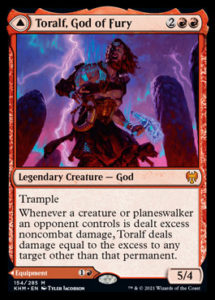

The shooter began on the line with the hand on the pistol, shifted the pistol in the holster a few times, and then drew and fired the double tap on command of the whistle. This isn’t acceptable morally or legally. Neither was a controlled shot where each hit the target by chance. The only time the author doesn’t aim with the sights is when he is firing from a retention position, but body aiming is involved. I have seen shooters deliver a double tap on target with one bullet hole in the belt and another in the neck and deem it good. It should be considered a short-range tactic. The hammer can be dangerous to the shooter if they have not mastered recoil control. The double tap is versatile and should be practiced first-before the controlled pair or the hammer. How fast are you able to fire two shots, the second striking within four inches of the first? That is your limiting speed. The shooter determines the speed of the double. The carefully measured double tap is used at the most common personal defense ranges (three to seven yards). If attempted past intimate range, the second shot of the hammer might well miss the entire body.īy the same token, the controlled pair may be too slow for use at very close range.

The handgun is drawn and thrust at the opponent, who may have a knife in your chest, and two shots are fired as quickly as possible. The hammer is delivered at absolute short, even contact, range. The double tap is sometimes confused with the hammer. Using a local variable instead of Private Boolean (in a similar fashion) might make this a bit faster, but you might need to give both the rule and your Z-Wave device some time to finish doing their thing.At longer range a controlled pair is executed with less speed but greater accuracy. I wouldn't really "double tap"-I'd start by giving it a second or two between taps and seeing how quickly you can go before it might cause problems (you can probably go lower, but I just wouldn't start there with my custom app, I notice issues with some devices if I go faster than about 2-3 times per second). This would let you do two taps within 5 seconds (easily adjustable) the first would just turn it on, while the second would set it to 100%. Set Private Boolean False -> delayed 0:00:05 (cancelable)

For your button 1 pushed actions, something like this would work: IF (Private Boolean is True) THEN If yours doesn't, this would be pretty easy to do with Rule Machine with a "Button Device" ( not "Button" trigger, though if this is the oly button number you want to control, the difference would be minimal).
#Double tap plus
(Though if you do have one of those, I might recommend replacing it when you can-most modern dimmers natively support this feature, and you'd get the benefits of Plus like better range and bandwith, through-the-mesh pairing, and it's likely yours don't support instant status reports from physical changes, which these would, so you'd be able to fully avoid polling and the problems that may arise from that.)
#Double tap drivers
There are some community drivers for the Plus versions, but I'm not sure if the "classic" one support this. This is a poorly documented "hidden" feature on a lot of GE switches/dimmers, but (due to that fact) I'm not sure how long it's been around. I'd suggest following the advice above first to make sure your dimmer doesn't actually natively support double taps. However, that might be overkill for your situation.
#Double tap software
I have a custom app ( Dimmer Button Controller) meant to simulate multi-taps on devices that do not natively support this, with my intent being to emulate the Hue Dimmer (where presses 1-5 of the "On" button can cycle through up to the same number of scenes) on Hubitat with arbitrary button devices, like a Pico (or even a Hue Dimmer, which doesn't actually send different events for multiple presses this is apparently implemented in software on Hue, too).


 0 kommentar(er)
0 kommentar(er)
